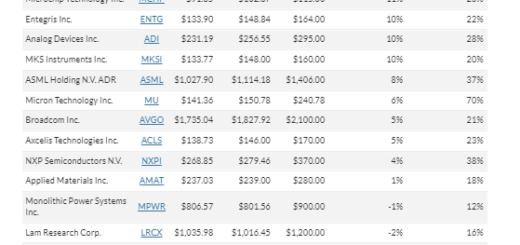The 4 Vital Orders Every Trader Should Master
Embarking on this exploration, our mission is to demystify the intricacies of various order types that hold the power to shape the trajectory of your trading endeavors.
With a surge in inquiries about the distinctions between market orders, limit orders, stop orders, and MIT (Market If Touched) orders, this blog post is designed to shed light on their nuances. Its goal is to provide guidance on the best practices for incorporating these orders into your trading strategy. Before delving into the details, here’s a crucial reminder: Trading carries inherent risks, so only deploy funds you can afford to lose.
Commencing our journey, let’s turn our attention to a fundamental chart featuring the renowned trade scalper software in a one-minute timeframe. Traders frequently grapple with whether to employ market orders, limit orders, or stop orders when executing trades based on price action.
Market Orders: For those craving immediacy, market orders are the go-to choice. Initiating a ‘buy’ or ‘sell’ at market means diving into the action at the current market price. However, be vigilant about potential slippage, especially in fast-paced markets.
Limit Orders: Conversely, limit orders offer greater control. Specify the exact price you desire, and the order will only execute at that price or a more favorable one. This method minimizes slippage, and stay tuned for a handy trick to optimize your entries.
Strategically placing limit orders can be a game-changer. By setting your limit order slightly below (for buys) or above (for sells) the current market price, you can anticipate market movements and potentially secure more favorable entries.
Stop Orders: Enter the versatile stop order, serving as both an entry and exit strategy. In a market rally, a buy stop order above the current price can be employed. Conversely, a sell stop order below the market price acts as a protective exit strategy.
MIT (Market If Touched) Orders: Blending the best of both worlds, MIT orders operate similarly to limit orders. You set a specific price, and once the market touches that price, it seamlessly converts to a market order, ensuring a swift execution.
MIT orders shine in slower markets where securing fills can be challenging. By strategically placing MIT orders, you can capitalize on precise entries or exits, enhancing your trading efficiency.
Conclusion
Mastering these diverse order types is a pivotal step in honing your trading skills. Whether you favor the immediacy of market orders, the precision of limit orders, the strategic nature of stop orders, or the versatility of MIT orders, understanding when and how to use each is paramount to success.
If you’ve navigated through this content, you’re on the right path. However, this is merely the beginning. Consider joining our upcoming mentorship class to gain access to advanced strategies and software tools that can elevate your trading acumen.
Visit daytradetowin.com, subscribe to our YouTube channel, and always bear in mind: Successful trading is a journey, not a destination. Until next time, happy trading!




